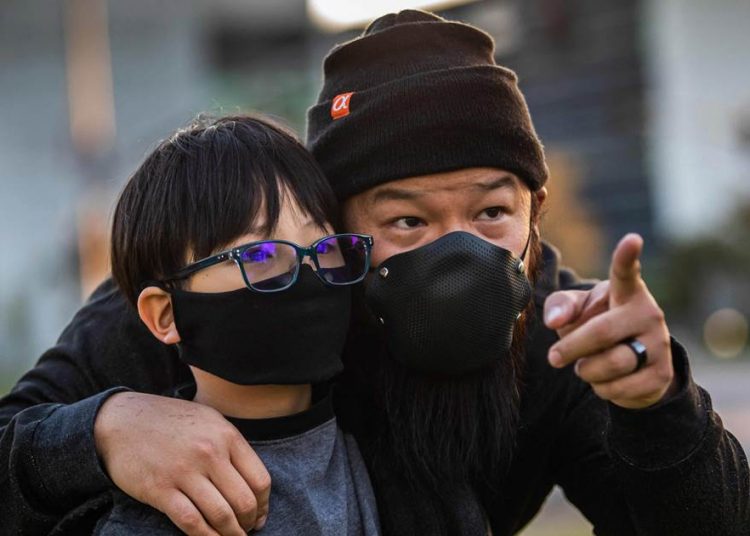A year ago, some people might have been shocked to think that elders, women and 1 in 4 young adults in the Asian American Pacific Islander community would become targets of hateful violence. But the subsequent swell in anti-Asian incidents, including the beating Monday of a 65 year-old Asian woman outside a luxury apartment building in Manhattan and the killings on March 16 of six Asian women and two bystanders in the Atlanta area, should not have come as a surprise. When President Donald Trump spread racist rhetoric about a “China virus” and the “Kung flu” while discussing Covid-19, he merely punctuated the existing history of systemic racism and, yes, violence against people of Asian descent.
Still, the violent incidents are only one sign of the larger problem, which is that open anti-Asian racism has become increasingly acceptable — if not actually popular.
This month, for instance, a friend’s 5-year-old daughter returned home from her first day in kindergarten in tears and confused because a classmate had taunted her saying: “You brought the China flu! Get away! Yuck!”
As children return to in-person activities, such as school, we should anticipate that they will unfortunately have their own experiences with our widening racial divide. Studies show that when people are confronted with their own mortality — as during a pandemic — they can more aggressively “other” those with whom they do not identify. (It perhaps makes sense, then, that many Asian American…



























































